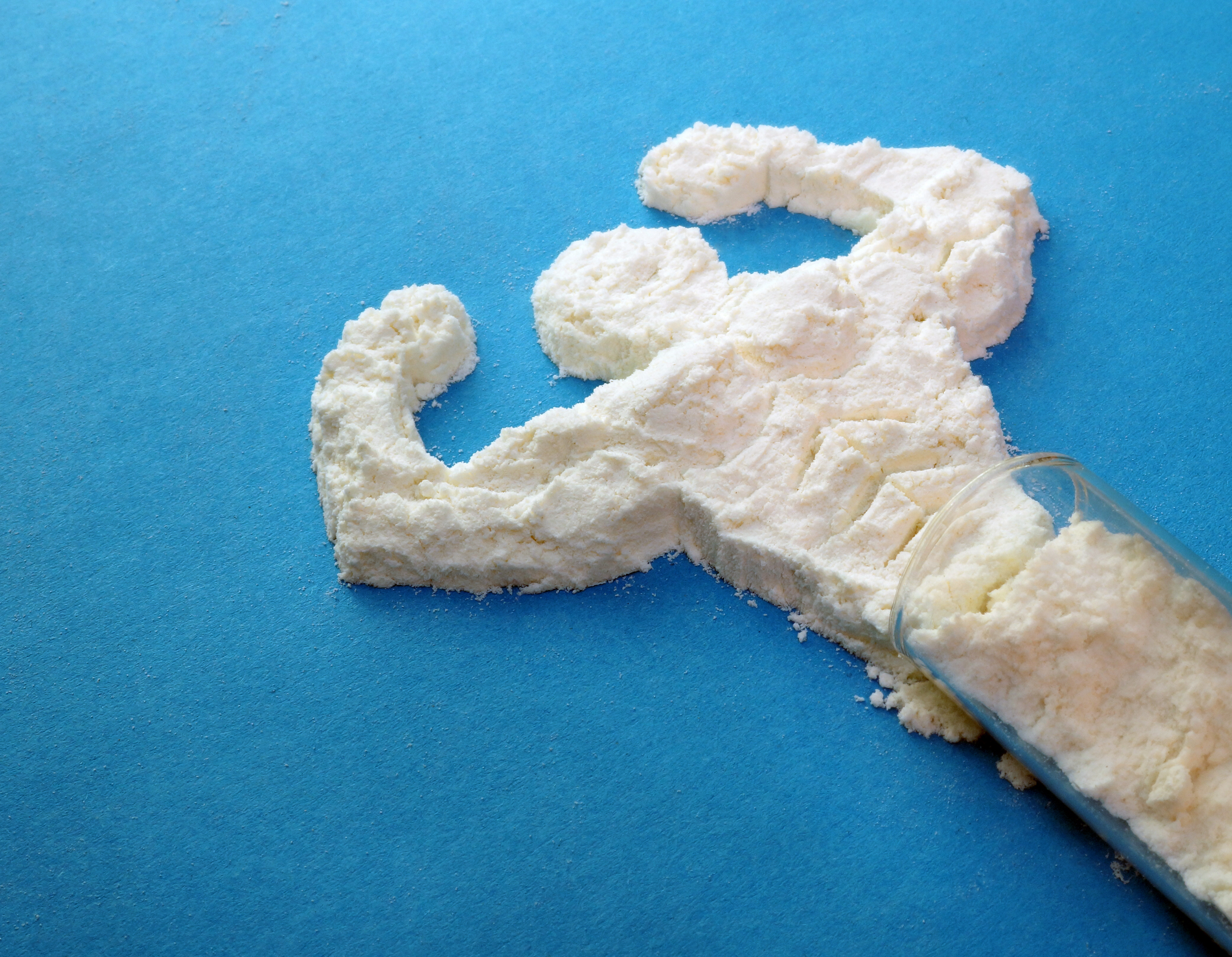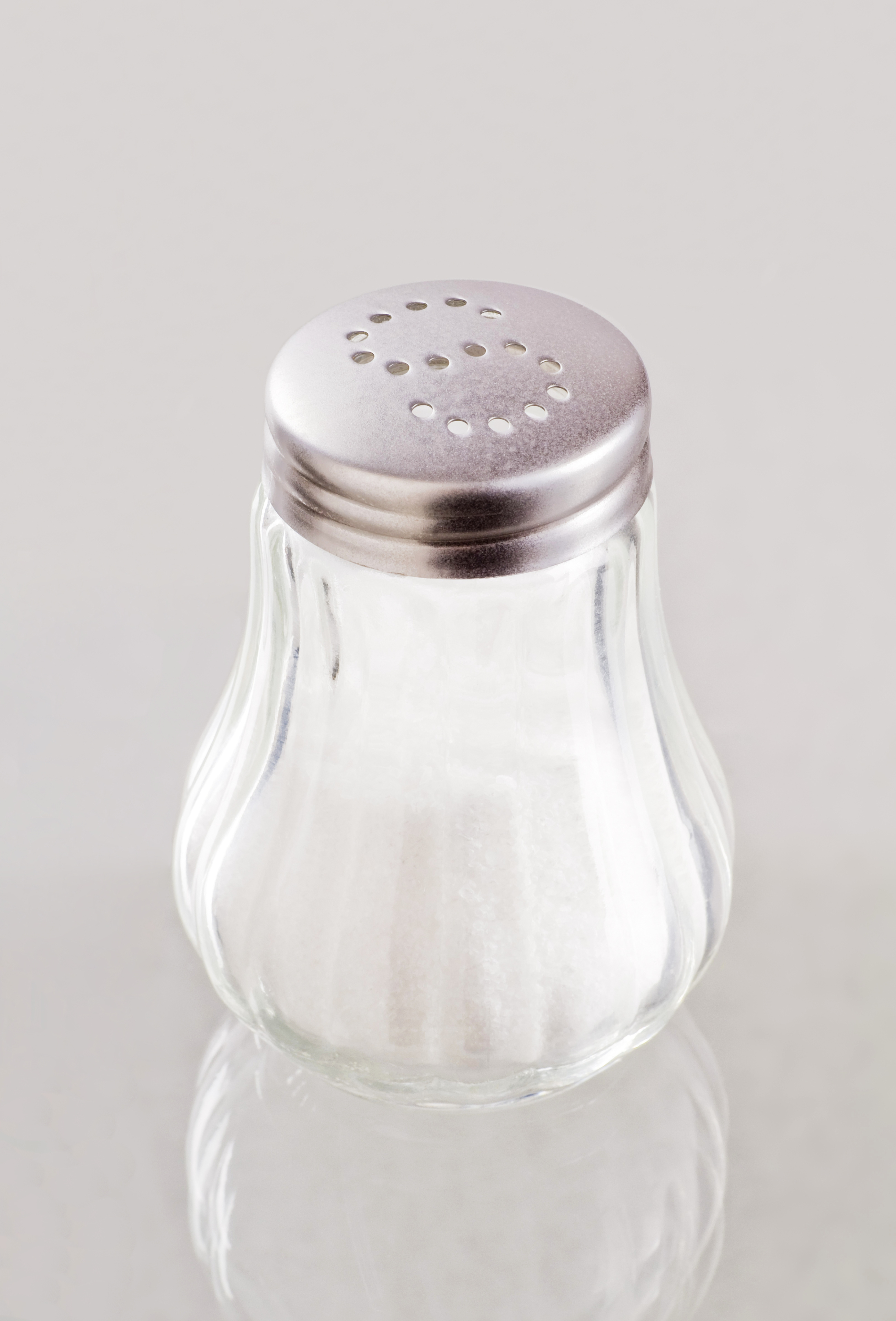Here are the final two pieces of conventional bodybuilding wisdom that will prevent you from realizing your best physique.
Unless you decide to take the unconventional road.
#4 – You Need to Use a lot of Supplements
I guess that depends on what you define as “a lot”. Personally, I use protein powders, take a Shaklee Vitalizer pack (multi-vitamin, Omegas, probiotic, and B vitamins), and creatine and BCAA’s during my competition prep. For a pre-workout shot of energy I typically drink a bold black coffee or I’ll use a pre-workout drink if my friend Rich Fitter has sent me any samples of the latest and greatest.

The truth is, many top natural bodybuilders (not that I’m one of them) don’t take many supplements. Most use what would be considered “the essentials” which is essentially what I outlined above. But of course there are those that do consume virtually anything found on a supplement stores shelf if they think it will add an inkling of more muscle or burn more fat.

More often than not, those with the best grasp on their training and nutrition utilize far fewer supplements than individuals that do not. The conventional—and outright stupid—outlook on supplements is that results can be found in a pill or powder.
As the lyrics from Survivor’s song in Rocky IV so eloquently points out, “There’s no easy way out…there’s no shortcuts home”.
Unconventional bodybuilding would have you thinking and acting like a researcher or scientist. And like any great researcher you need to control for as many variables as possible before introducing a new one. That means spending months if not years getting your diet and training dialed-in so that if some new revolutionary supplement is added to the mix you can know for sure whether or not it actually made a difference.
#5 – You Have to Dehydrate to Show More Muscle Definition
This might be THE most misunderstood aspects of bodybuilding even for seasoned bodybuilders.
Answer this question for me: How much of your muscle is made up of water?
That’s right, 75%. When you deprive or deplete yourself of water the first place the water leaves is the muscles. Not underneath the skin like most broscience knuckleheads think.
I’ll tell you in a moment the unconventional method for getting water out from under the skin and it doesn’t require the use of diuretics.
But first…
Water makes up three quarters of our muscles size so our goal is to keep as much water in the muscles as we can.

The way to regulate water inside and outside the cells is through carbohydrates and sodium/potassium balance.
Each gram of stored carbohydrate holds 2.7 grams of water. That means the higher the concentration of glucose in a muscle the larger or more fuller that muscle will appear as a consequence of holding more water inside of it.
This is why people who undertake a very low carb diet find their muscles looking flat or have difficulty sustaining a good pump when they train. Without a high concentration of glycogen in the muscles, water has nothing to latch onto.
However this doesn’t mean you can consume copious amounts of carbohydrates either. The muscles can only hold a certain amount of glucose at any one time. Exactly how much depends on your body type, muscular size, metabolic rate, activity level, training demands, and what you are accustomed to.

If more glucose is present than what the muscles can store, water now has no place to reside within the muscles so it winds up outside of the cells and underneath the skin. This situation is commonly referred to as “spill-over” and is a bodybuilder’s biggest fear and the reason they erroneously cut their water intake days prior to competition.
The unconventional approach to carbohydrate intake.
A good starting point is 1.25-1.75g/lb. of fat free mass. Those who are highly active, have a high metabolic rate, are insulin sensitive, or find their muscles appearing “flat” will need to adjust their carbohydrates higher. However it is best to methodically make these increases so as to determine the ideal amount for maintaining fullness without spillover.
The other regulating factor in achieving the cellophane skin look is sodium and potassium.
Sodium regulates extracellular fluid activity. Potassium is responsible for controlling intracellular fluid activity.

What does conventional bodybuilding logic say? Drop your sodium so you hold less subcutaneous water, and if you really want to hit a home run pop some potassium pills!!!
When sodium is too low it signals the release of the hormone Aldosterone which causes the body to reabsorb and prevent the excretion of sodium which then results in water retention OUTSIDE THE CELLS! The more sodium is decreased the more Aldosterone is released and the smoother and more waterlogged the muscles begin looking.
The secret unconventional approach to subcutaneous water excretion is (drum roll please)….
Keep your water intake as high as possible (at least 1 – 1.5 ounces per pound of bodyweight) and keep sodium and potassium intake…NORMAL.
- 1,500-4,500 mg Na
- 1,500-2,000 mg K
That’s the secret recipe. It’s not a trick, it’s not magic. It is a predictable approach that will leave you looking as tight as a pair of skinny jeans on a Hipster. Presuming you are lean enough.
That’s right, none of this will make any sort of a difference unless your body-fat is low enough to where you already have significant muscle definition. Put simply, unless you have shredded shoulders, separation in your quads, or something that at least resembles six pack abs, all the manipulation of water, Na, K, and carbs won’t give you these things.
Conclusion
By and large bodybuilding is an illusion. But it’s an illusion that’s created by being as lean as possible while retaining as much muscle as possible while at your leanest. As mentioned at the very start of this series, you don’t simply grow into the incredibly shredded and jacked condition of a bodybuilder. It’s an endeavor that takes time, patience, and the willingness to turn your back on the herd mentality and take the unconventional approach.
Since we opened this series with a quote I figured we should close with on as well.
When you’re used to being prepared to reject conventional wisdom, it leaves you open to learn more.
– Mayim Bialik















 You ever have one of those clingy girlfriends or boyfriends? They need to constantly be around you and damn you if you’re not doing something every 5 minutes to make them feel special. They latch onto you like I latch onto my shotgun and NRA membership card. We know that being clingy is unhealthy yet some people insist on clinging to a certain training variable, put it on a pedestal and claim it as King of all Variables. Volume is not any more important than intensity, than intensity is any more important than frequency, or frequency any more important than volume, and on and on. The key is to figure out when a little more or a little less of any or all of them is necessary.
You ever have one of those clingy girlfriends or boyfriends? They need to constantly be around you and damn you if you’re not doing something every 5 minutes to make them feel special. They latch onto you like I latch onto my shotgun and NRA membership card. We know that being clingy is unhealthy yet some people insist on clinging to a certain training variable, put it on a pedestal and claim it as King of all Variables. Volume is not any more important than intensity, than intensity is any more important than frequency, or frequency any more important than volume, and on and on. The key is to figure out when a little more or a little less of any or all of them is necessary.